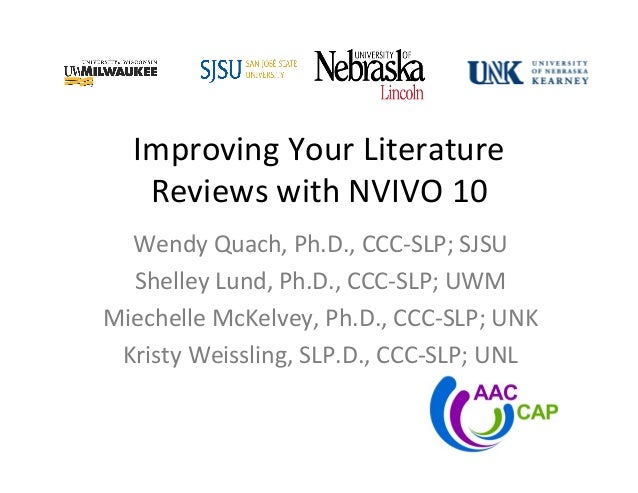

See below:įigure 6: List of relationships between a) authors and articles and b) between authors I can also set up relationships to see which articles an author contributed to. In a similar way, I can explore relationships among authors to see who writes with whom. If I select one, the article with the referenced text will open up in the Detail View.įigure 5: Network sociogram: detail showing how Hall, Tom (2009) refers to Urry, John (2007) Exploring the influence of a particular author You can see and explore in the network sociogram the relationships you have created among articles by clicking on the Explore tab > Social Network Analysis > Network Sociaogram and selecting the case folders for your articles:įigure 4: Selecting articles to explore in the network sociogramĪs you can see from the network sociogram below, there are four relationships between Hall (2009) and Urry (2007) and when I double click on the line, the pop up box opens up to show me what those four relationships are. If the case or relationship has not already been created, just type in the name of the new item in the relevant box and it will be created (see below).Įxample: Hall (2008) qualifies evidence from Urry (2007).įigure 3: Coding text from an article for a relationship using the quick coding tool bar Exploring relationships between articles
#NVIVO REVIEW CODE#
When the author is making an interesting comment about another article, code it (using the quick coding tool bar) with the case of the article that you are reading at the left end of the relationship, the relationship type in the middle, and the case of the article they are referring to at the other end.

To do this, open an article and start reading. You use relationship codes to code for – yes, you have it – relationships between your articles. Note: If you are new to relationship types and codes in NVivo, check the following help file. You can create new relationships as you code (see further below).įigure 2: List of types of relationships when coding literature However, you do not need to create all (or any) of them beforehand. You can create some relationship types that you want to explore between authors and between articles (see below). NOTE: If you are new to cases in NVivo check the help file – (see below)įigure 1: List of case nodes for articles List of case nodes for authors You will also need to create a case for each article and code that article in that case node. You need to start by creating a case for each author and coding all the author’s work to their case node.
#NVIVO REVIEW FREE#
> See how NVivo supports literature reviews with a free 14-day trial. Or you may want to code when an author cites, critiques, supports or expands on ideas from other articles.

You may want to map out which researchers write together and analyse the clusters of researchers working in a particular field. You can use the social network feature to explore relationships between your articles, authors, and books. However, the latest versions NVivo have added some new possibilities for analyzing your literature.
#NVIVO REVIEW SOFTWARE#
The software has changed significantly since then with a different interface and terminology and the possibility to import from a range of bibliographic software but the basics were all in place. Back in 2000, I wrote about how you could you use NVivo for your literature review.


 0 kommentar(er)
0 kommentar(er)
